After a decade of solid footing for Dungeons and Dragons’ 5th edition, it only made sense for incoming changes to be massive. The 2024 Player’s Handbook overhauled several aspects of the game to make it backwards compatible with 5e but still fresh, and classes saw the most difference.
One of the biggest changes to Dungeons and Dragons’ classes was placing them on even ground. Along with the same number of subclasses, the new PHB makes it so that every class gets their specialization at level 3, cementing a common habit seen in home games.
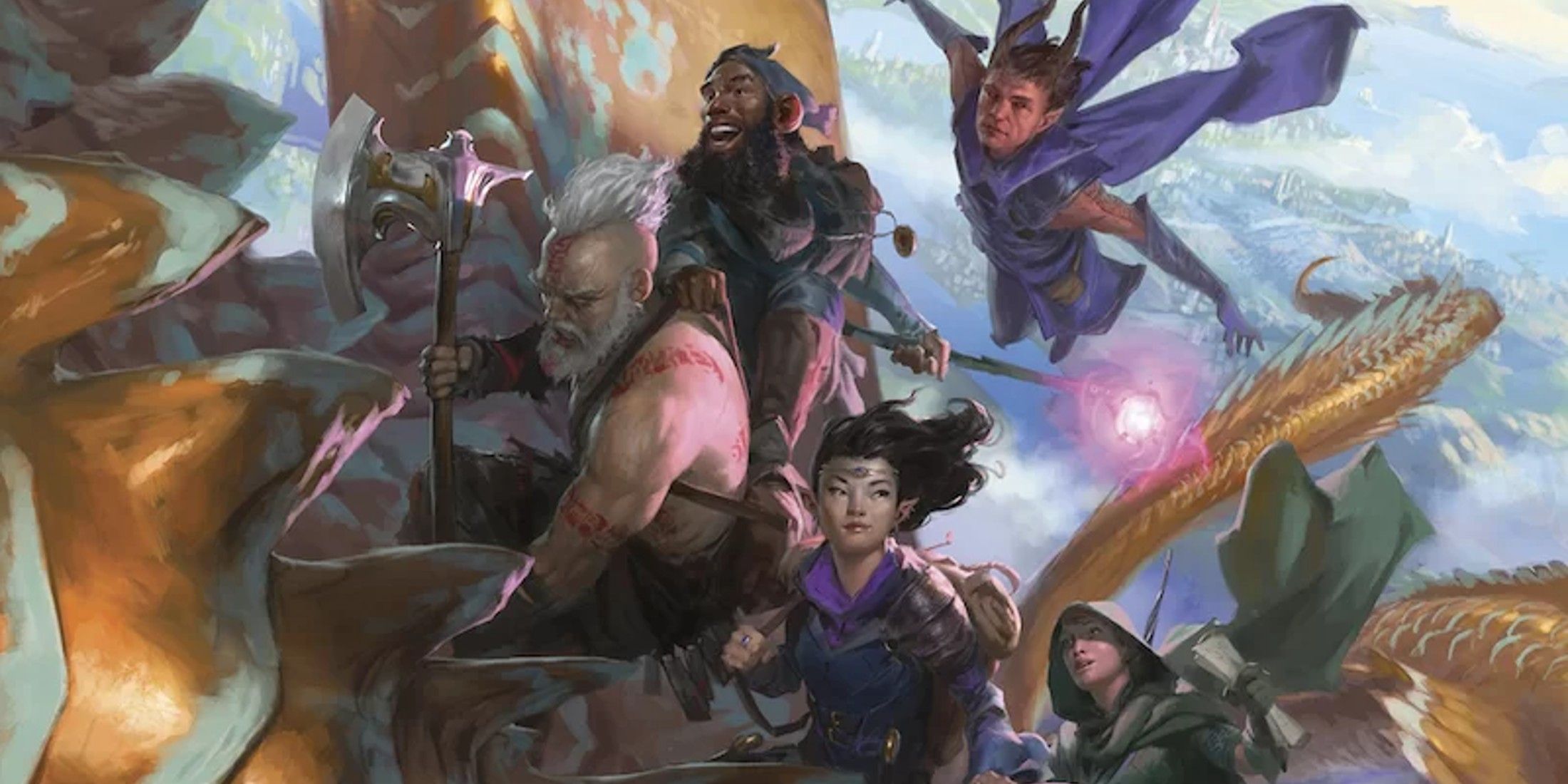
Related
Dungeons and Dragons’ New Approach to Subclasses is a Double Edged Sword
Dungeons and Dragons’ new Player’s Handbook improves subclass equality, but it may struggle to stand out with variety and compatibility concerns.
The 2024 Player’s Handbook Should Change How Campaigns Begin
What it Means to Gain a Subclass at Level 3
The original D&D class setup gives most classes their specialization at level 3 except for Clerics and Warlocks with their Divine Domains and Otherwordly Patrons, respectively. On one hand, this original rule makes sense. Both classes make pacts with massively powerful entities that grant them their powers. These entities define their individual adventures and how they interact with the world.
But the newest Player’s Handbook rules placed an emphasis on balance, from increasing several classes’ power to simply making levels feel, well, more level. While Clerics and Warlocks receive their subclasses, other classes initially miss out on their focus. Yet this focus inevitably defines how characters are played.
A D&D subclass offers interesting mechanics, often flavorful visuals, and compelling stories. It’s the meat of any character—and by extension any narrative. A Shadow Sorcerer will look quite different from a Wild Magic one, while Champion Fighters and Rune Knights will have different approaches to combat. But subclasses will also inform backstory and personality on a deeper level. Level 3 is undeniably where D&D gets exciting, and that’s now significant across the board.
Higher Level Starts in D&D are Most Practical
Firstly, low-level D&D can be quite uneventful. Mostly made for people with no familiarity to the game at all, the first two levels are meant to introduce basic gameplay mechanics at a steady pace. Given players’ lack of power—or perhaps more pragmatically, their lack of health—the kinds of encounters DMs can throw at them are limited.
This is why it’s already common for tabletops to start campaigns at level 3, especially with players who are familiar with the game. At level 3, characters are still weak, as makes sense for the beginning of a story, but durable enough for interesting battles, especially upon receiving their first subclass ability. And since gaining experience through fights is primarily how characters level up, it’s important that they feel worthwhile for all play styles. D&D‘s low-level fights don’t tend to provide intriguing mechanics or elements that are narratively motivating.
And, as mentioned, level 3 characters start to come into their builds. Not just story- and flavor-wise, but it’s when they start getting enough power to know what they want out of the game and world. The DM can react and offer magic items accordingly. Starting Dungeons and Dragons campaigns at such a place is a practical way to get the most out of any game and make introductions more interesting. The new Player’s Handbook putting all classes on the same ground provides an open door for this more convenient and exciting tabletop habit to stick.
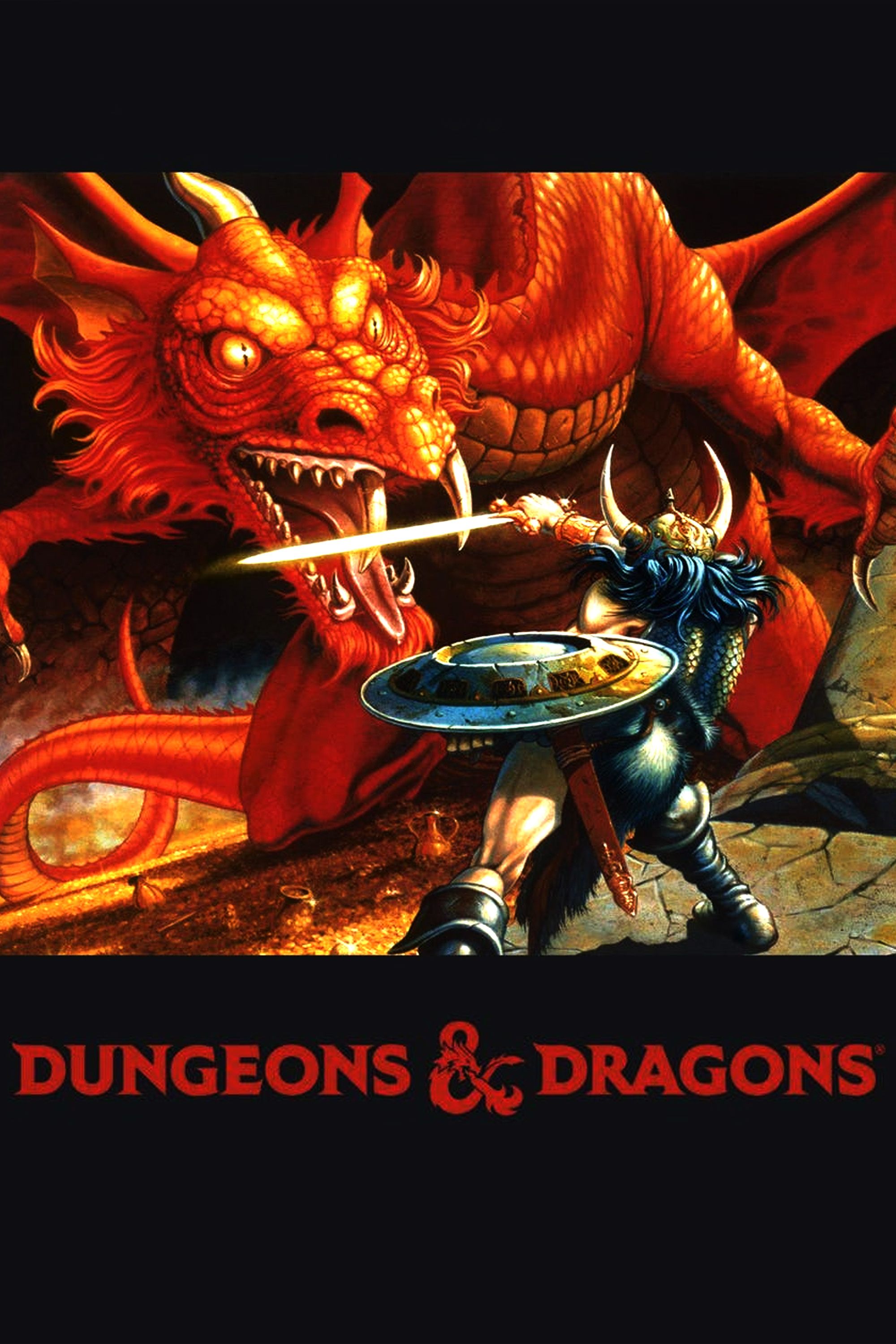
Dungeons and Dragons
Created by Gary Gygax, Dungeons & Dragons is a tabletop game in which players craft their own worlds and band together to take on adventures through mysterious realms outlined in companion materials. One of the best role-playing games ever made, it has been adapted into a variety of video games and other media.
- Franchise
-
Dungeons & Dragons
- Original Release Date
-
1974-00-00
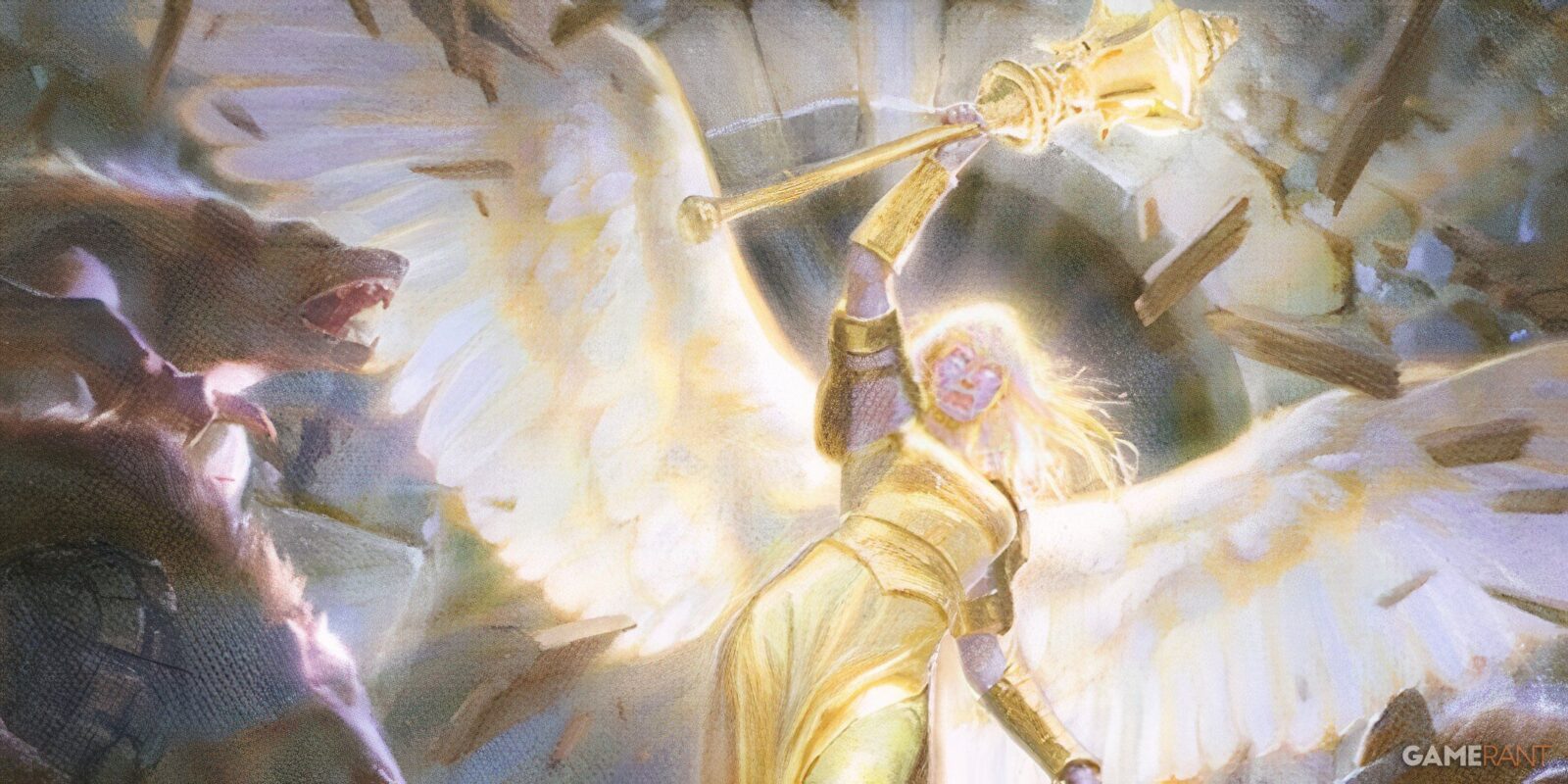




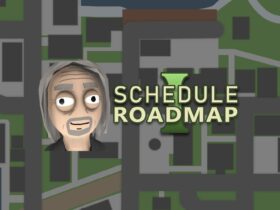
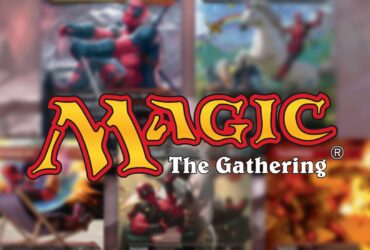
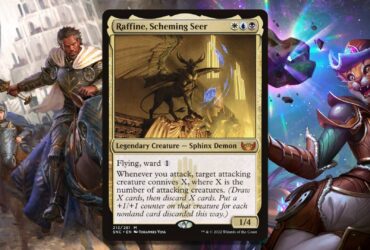




Leave a Reply